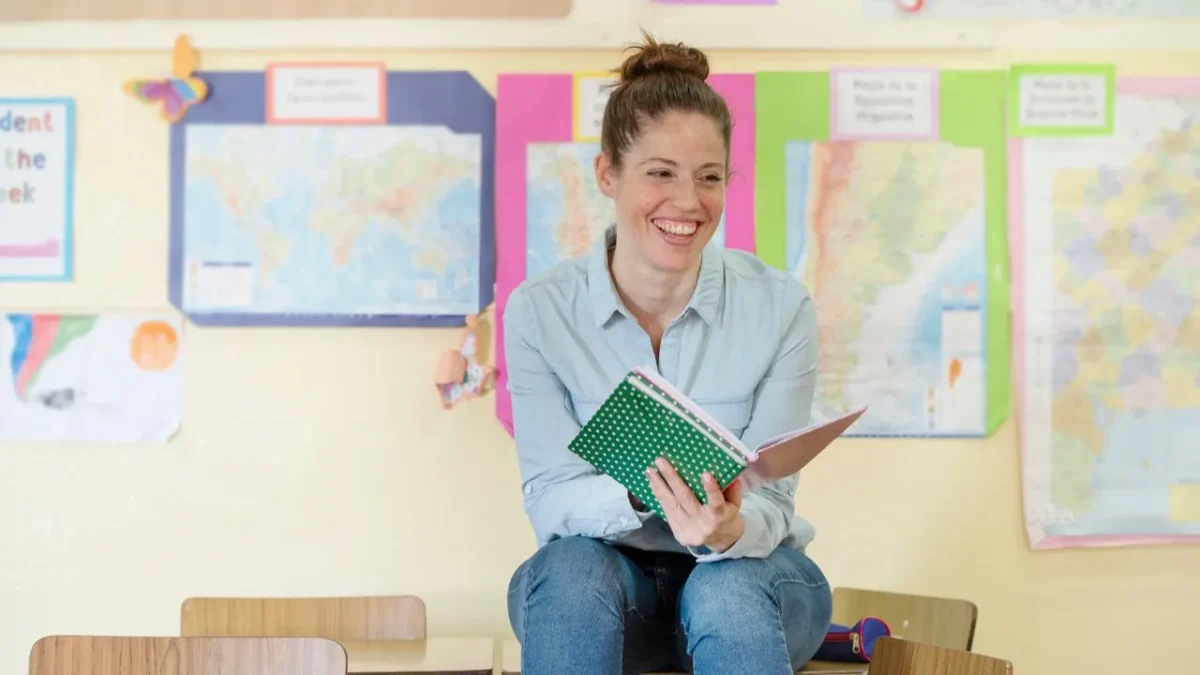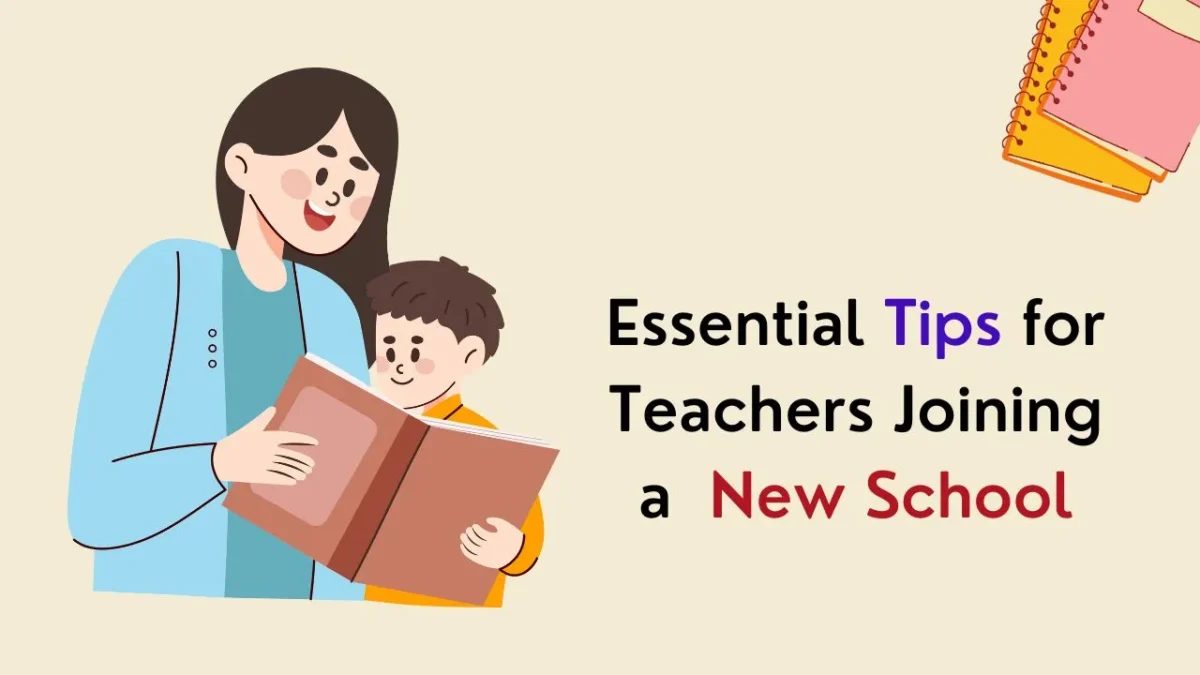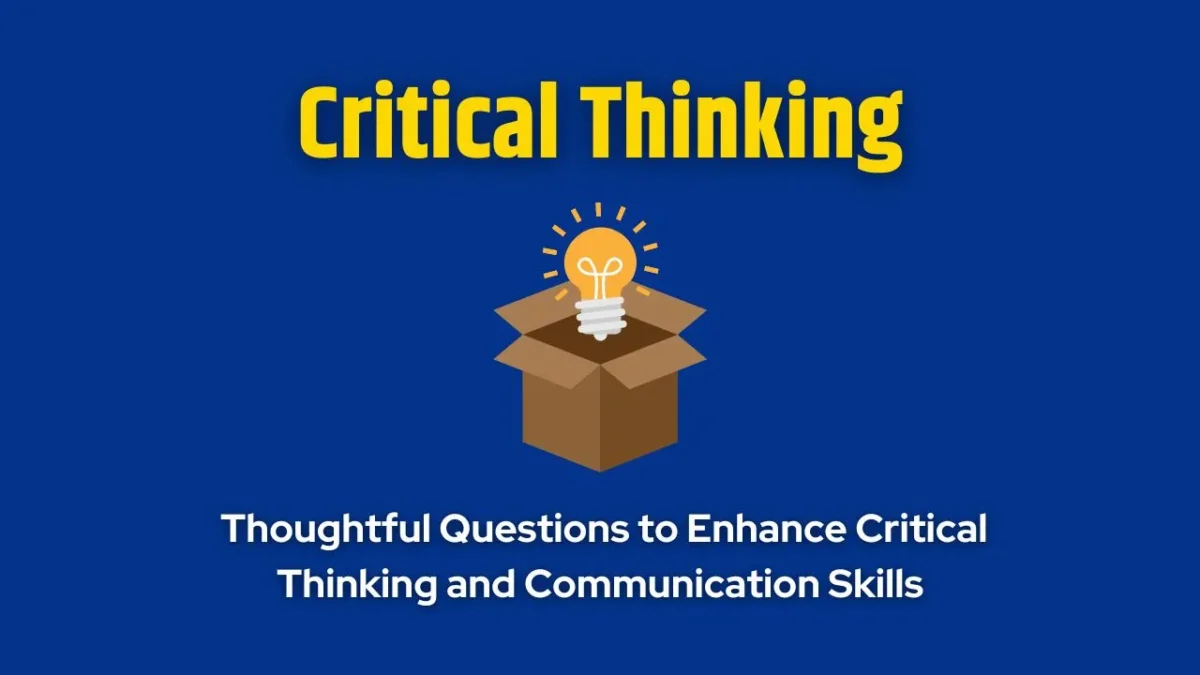Effective Classroom Management Tips and Strategies for Noisy Classes
Techniques to Quiet a Noisy Class: Classrooms are meant to be dynamic spaces where students feel encouraged to share their thoughts, ask questions, and engage in lively discussions.
However, when the classroom volume becomes too loud, the learning environment is compromised. Managing classroom noise is essential, not just to ensure a conducive learning atmosphere but also to maintain the teacher’s authority and credibility. Here are practical strategies every teacher can use to keep classroom noise in check:
10 Proven Strategies for Quieting a Noisy Class
The Perils of Shouting Shouting is a knee-jerk reaction to drown out the noise, but it seldom works. Raising your voice sends a message that you’ve lost control. It might even escalate the noise as students feel challenged to speak louder. Instead, maintain a firm and steady tone. Addressing the class assertively and with composure can be more effective.
The Silent Stare Sometimes, the most potent response is silence. Stand at the front of the classroom, adopt a confident posture, and wait. This silent, patient wait usually draws their attention. Your silence contrasts with their noise, prompting them to notice and naturally settle down.

Engaging Call-and-Response Techniques to Quiet a Noisy Classroom
Children love routines, especially when they’re fun. Train your students to respond automatically to specific calls:
- 1, 2, 3, eyes on me! Students reply, “1, 2, eyes on you!”
- Hocus Pocus! They respond, “Time to focus!”
- Class, class, class! They echo back in the same tone.
- Use rhythmic claps or popular jingles to grab their attention.
The key is repetition. The more you practice these cues, the more ingrained they become, making it easier to get their attention quickly.
The Power of Names A direct address can work wonders. Instead of a blanket “quiet down,” try “Johnny, lower your voice,” or “Sarah, I need your attention.” Using names personalizes your request and often prompts quicker compliance.
Embrace Time-Limited Activities for Noisy Students in the Classroom
If students are engrossed in an activity, it might be jarring for them to stop immediately. Instead of demanding instant silence, use a countdown. For instance, “You have 20 seconds to finish your discussion.” It offers a transition, allowing them to naturally quiet down.
Get Physical Engage students in brief physical activities to redirect their energy:
- Use hand signals. A raised hand or finger on the lips can be a universal sign for silence.
- Engage in stretching exercises or quick movements. A short physical break can often reset the class’s energy.
Enlist Their Imagination Younger students can be engaged using imaginative techniques. For example, ask them to “pop” imaginary marshmallows into their mouths. Since their mouths are “full,” they can’t talk!
Set Clear Expectations from Day One
It’s crucial to establish noise management strategies from the first day. The initial week sets the tone for the rest of the year. Consistently enforce rules and ensure that students understand the importance of maintaining an environment conducive to learning.

Strategies to Maintain a Quiet Classroom
Teachers worldwide face the challenge of maintaining a quiet classroom. A noisy class can disrupt the learning process and make it difficult for both teachers and students to concentrate. Fortunately, there are many effective strategies that teachers can employ to maintain a peaceful classroom environment.
Understanding the Causes Before we dive into the solutions, it’s crucial to understand why students become noisy:
- Seeking Attention: Some students crave attention and act out to get it.
- Lack of Engagement: If the lesson is not engaging, students may get distracted and start talking.
- Overstimulation: A classroom that’s too hot, too cold, or too cluttered can lead to restlessness.
- Peer Influence: One noisy student can influence others, leading to a chain reaction.
Effective Tips for Teachers on How to Quiet a Noisy Classroom
Establish Clear Expectations:
- From the first day, make it clear what kind of behavior is acceptable.
- Develop a classroom contract that students help create and sign. This will make them feel more accountable.
Consistent Routines:
- Predictability can reduce anxiety and disruptions.
- Start each class with a quiet activity to set the tone, like journal writing or a calming puzzle.
Active Engagement:
- Use multimedia, group work, and interactive methods to keep students engaged.
- Frequently change the type of activity to cater to different learning styles.
Positive Reinforcement:
- Praise students when they behave well. Positive feedback can be more effective than negative feedback.
- Introduce a reward system. Tokens or points can be given for good behavior and redeemed later.
Flexible Seating Arrangements:
- Changing the seating arrangement can sometimes break patterns of disruptive behavior.
- Use strategies like a U-shape arrangement to make every student feel seen.
Active Listening:
- Ensure you’re not just hearing your students but actively listening to them.
- Address their concerns, which can help in building trust.
Use of Technology:
Introduce apps or tools that help in monitoring noise levels. Some apps give visual feedback about the noise level, which can be a fun way for students to self-regulate.
Mindfulness and Relaxation Techniques:
- Introduce short meditation or deep breathing exercises to calm restless energy.
- Make it a part of the routine, especially after particularly energetic activities.
Clear Communication Channels:
- Regularly communicate with parents about their child’s behavior.
- Parents can be allies in reinforcing the importance of good behavior.
Seek Feedback:
- Periodically, ask students for feedback on your teaching methods.
- Adjust your methods based on feedback, making students feel valued and heard.
Professional Development:
- Attend workshops and seminars on classroom management.
- Stay updated with the latest research and methodologies.
Peer Monitoring:
- Appoint a ‘class monitor’ for the week, responsible for ensuring the class stays quiet.
- This not only instills responsibility but also creates a self-regulating environment.
Concluding Thoughts Remember, the goal isn’t complete silence. Classrooms should be lively. However, noise should never become a barrier to learning. Your strategies should aim to strike a balance, promoting open communication while ensuring that the atmosphere remains conducive to education.
We’d love to hear from educators out there. What are your tried and tested methods for maintaining a harmonious classroom? or How to control a noisy class? Share your insights in the comments!
Happy teaching!
FAQs Related to How to control a noisy class.
Q: How do you control a classroom without shouting?
A: Effective classroom management is achieved through establishing clear expectations, building relationships, and using non-verbal cues. Techniques such as pausing lessons, using hand signals, or playing soft music can grab attention without the need for shouting. Regularly revisiting and practicing classroom routines can also instill discipline over time.
Q: How do you get a quiet class to engage?
A: Engaging a quiet class often requires tapping into their interests and ensuring they feel safe to share. Strategies include:
Using open-ended questions that encourage deep thinking. Incorporating group and pair activities to foster peer discussions. Utilizing multimedia and interactive tools. Encouraging journaling or private reflections that can be shared voluntarily. Offering multiple ways for students to express themselves, such as through projects or presentations.
Q: How do you control a class of rowdy students?
A: For a class of energetic students:
Set clear boundaries from day one. Use seating arrangements strategically to separate frequent disruptors. Incorporate regular breaks or physical activities to help expend energy. Employ positive reinforcement to highlight and reward desired behaviors.
Consistently enforce consequences for disruptive behaviors. Establish a classroom signal for attention and practice it regularly. Engage with challenging students individually to understand and address their specific needs.
Remember, consistency is key in managing any classroom environment.
Read More Posts
- 10 Ways for Teachers to Stay Motivated in Tough Times
- 5 Powerful Tips to Gain Self-Confidence
- Teaching Tips: 5 Best Principles for New Teachers
- Mental Health: 9 Best Tips for How to Stop Overthinking
Summary – You will Get the Answer of “Discover effective strategies on ‘how to quiet noisy class ppt’ and techniques on ‘how to quiet noisy class in the classroom.’ Learn ‘how to handle noisy students in class’ and get insights on ‘how to keep the class quiet as a monitor.’
Dive into five suggestions on how to control noise in your classroom and at home, understand ‘why students make noise in the classroom,’ and explore the challenges of ‘noisy students in classroom.’ Lastly, gain tips on ‘how to be quiet in class as a student.’ Equip yourself with knowledge for a focused learning environment.”
CBSE Sample Papers | CBSE Circulars | Quizzes | Study Material
Click Here to Join our Premium Telegram for More News and Updates.
For the Latest Educational News (CBSE, ICSE, and State Board News) and live news updates, like us on Facebook or follow us on Twitter and Join our Premium Telegram Channel. Read more on Latest Exams & Results News on Shikshapress.com.






